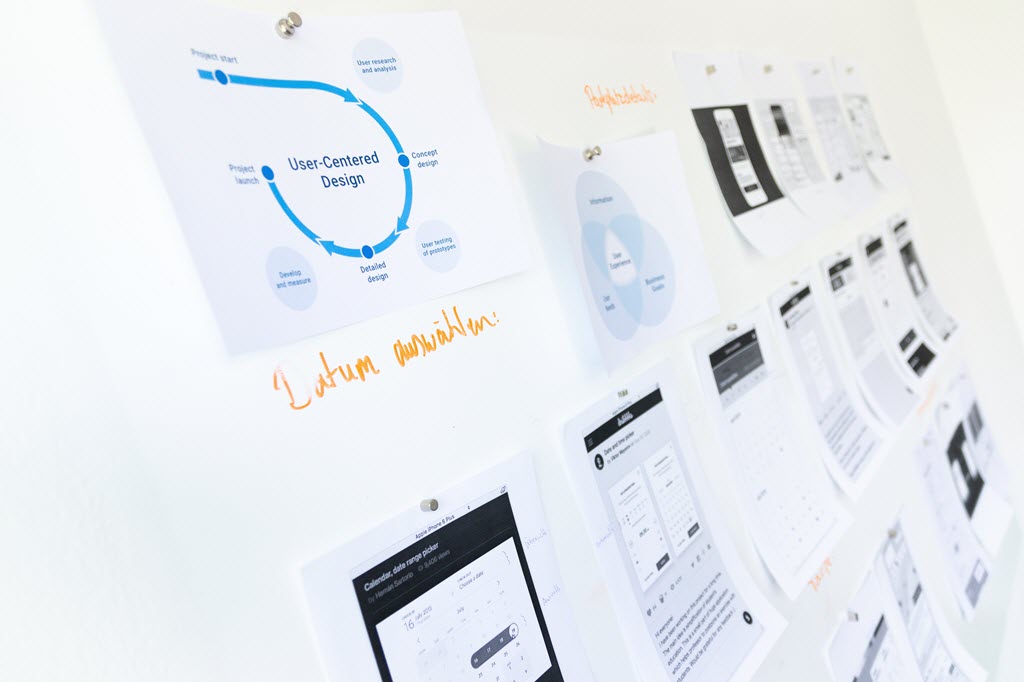In today’s data-driven world, businesses are racing to adopt artificial intelligence (AI) to unlock new efficiencies, insights, and competitive advantages. But there’s a critical truth that’s often overlooked: AI is only as powerful as the data it’s built on. If your data is messy, incomplete, or inconsistent, even the most sophisticated AI solutions will fall short—or worse, lead you astray.
The True Cost of Dirty Data
Poor data quality is more than a technical inconvenience—it’s a direct threat to your bottom line. Research shows that bad data can cost businesses millions each year through wasted resources, faulty decision-making, compliance risks, and damaged customer trust. Errors, duplicates, and outdated information slow down operations, frustrate teams, and can even result in regulatory penalties.
Clean Data: The Bedrock of Reliable Insights
Clean data—accurate, current, and consistent—enables businesses to:
- Make confident, data-driven decisions that align with strategic goals.
- Streamline workflows and reduce the time spent fixing errors, freeing teams to focus on innovation.
- Deliver better customer experiences by ensuring communications and services are based on reliable information.
- Meet compliance requirements and safeguard sensitive information.
How AI Supercharges Data Quality (and Vice Versa)
AI thrives on high-quality data. When your data is clean, AI models can:
- Deliver more accurate predictions and recommendations, driving smarter business strategies.
- Uncover hidden trends and insights that fuel innovation and growth.
- Automate tedious, repetitive data-cleaning tasks, saving time and reducing human error.
- Scale seamlessly as your business grows, handling massive datasets without sacrificing quality.
Conversely, if your data is flawed, AI can amplify mistakes—leading to unreliable insights, biased outcomes, and lost opportunities.
Building Trust in AI
Stakeholders are far more likely to trust and adopt AI solutions when they know the underlying data is sound. Clean data builds confidence in analytics and automation, paving the way for smoother integration and broader acceptance across your organization.
Practical Steps to Cleaner Data and Smarter AI
- Define clear business objectives: Focus data-cleaning efforts on the datasets most relevant to your goals.
- Automate where possible: Leverage AI-powered tools to continuously clean and validate incoming data, reducing manual effort and mistakes.
- Establish strong data governance: Regularly audit and update your data management practices to maintain quality and compliance.
- Foster a data-driven culture: Encourage teams to treat data as a strategic asset, not just an IT concern.
In summary: Clean data is not just an IT best practice—it’s a business imperative. By investing in data hygiene and harnessing the power of AI, your business can unlock sharper insights, greater efficiency, and a true competitive edge in the digital age




